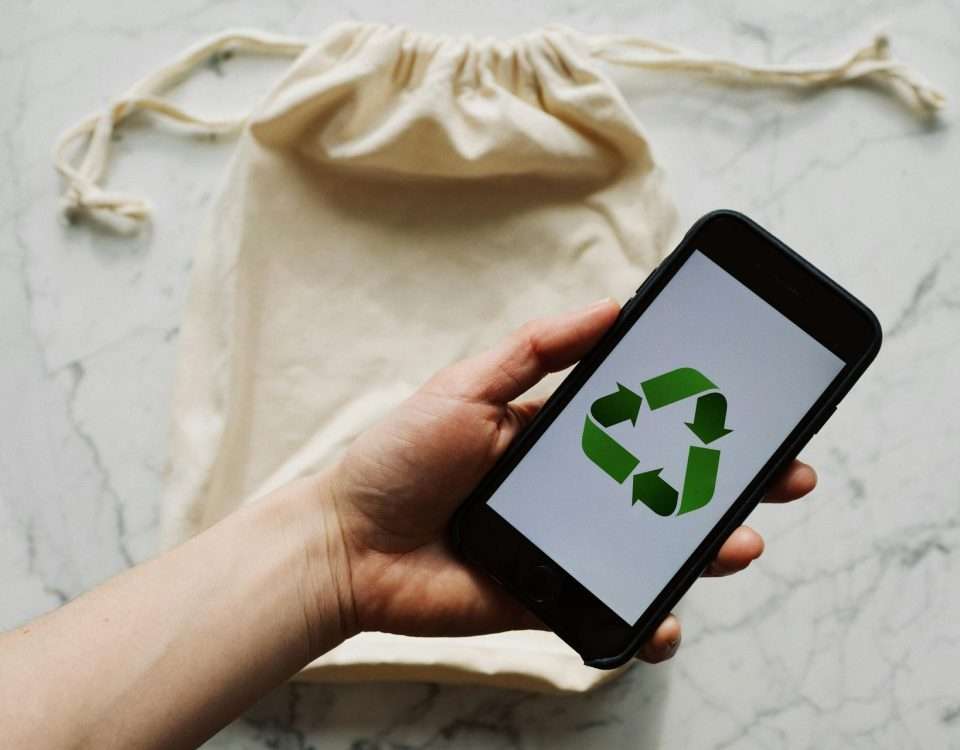The Ingredients Of An Apple
How Protected Is Your Business?
29 July 2013Microsoft Following The Herd?
29 July 2013Many of us never think about where our products come from, ultimately all of the products originate from raw materials from the Earths crust. Therefore mining and processing is important to Apple and can heavily influence their own production sequences.
All of the Apple products originate from raw materials. Whilst most of the electrical systems, such as parts of the circuits or the LEDs contain rare earth metals, such as Neodymium and Yttrium. Mark Smith, the chief executive of Molycorp, an American rare earth mining company, once said “ Your iPhone doesn’t work without rare earths in there”, the same applies for all of Apple’s products, including the MacBook Pro. Todays technology is dependent on the use of rare earth minerals, however at the moment only one country seems to be benefitting from them. The Chinese maintain about a 90% hold on the rare earth market, much of this is due to reluctance to share mining technology or information, due to their market dominance. Chinese mines such as in the area of Bayan Obo, in Inner Mongolia are extracting much of the worlds rare earth minerals today. The Chinese domination of the rare earth mineral market, allows the country to draw production to China, as companies want to reduce distances the bulky raw materials are transported, which would increase prices. However, the American company Molycorp is set to expand production from mines in the US, whilst African nations, such as Malawi could be in the future potential hotspots.
Although Rare Earth minerals are important in Apple products, so are more common raw materials such as Aluminium. The now iconic Aluminium ‘unibody’ of the MacBook Pros are milled from single blocks of Aluminium. The metal is also used on the iMacs and iPhones to some degree. Unlike other metals Aluminium is not produced through the direct mining of Aluminium. The mineral Bauxite, which is the most abundant mineral in the earths crust, is mined in such areas such as Australia. Five of Australia’s mines account for 23% of global production. Once the Bauxite is mined, it has to be Electrolysed, which is called the Hall process. The Electrolysis cell separates the Bauxite mineral into its constituents, one of which is Aluminium, using an Anode, a Cathode and a catalyst. The whole process is extremely electricity intensive; therefore it can prove too costly for some nations to produce. However, the use of Geothermal heat in Iceland has allowed it to become a forerunner in Aluminium productions, due to large quantities of sustainable Geothermal heat energy for electricity production.
The all-important screen of each Apple product was once also just separate raw materials, whether those were non-metals or metals. The Liquid Crystal Display is made from non-metals, such as Silicon Dioxide and Glass, which is produced from heated Quartz, which is also just Silica. However the LCD screen also contains metals such as Indium Tin Oxide, which is one of the most commonly used Transparent Conducting Oxides. Whereas in Light Emitting Diode screens, non- metals such as Silicon Dioxide are also used again. However it contains other compounds, which has constituents, which are both non-metals and metals.
Every Apple product is a collection of raw materials over a long complex process of production. Every metal and non-metal plays a specific role in which not many realise. Without one raw material the Apple products would be completely different to what they are now. Today’s modern society are going to become more dependent on rarer minerals and larger quantities of metals and non-metals. Apple technology is dependent on what we are able to dig out of the earth and the mining and processing of these minerals and metals can be just as complex as the production of the apple products themselves.



